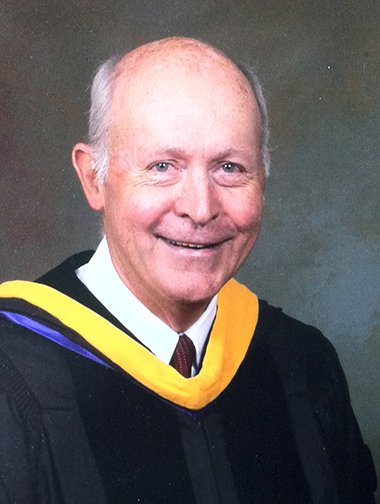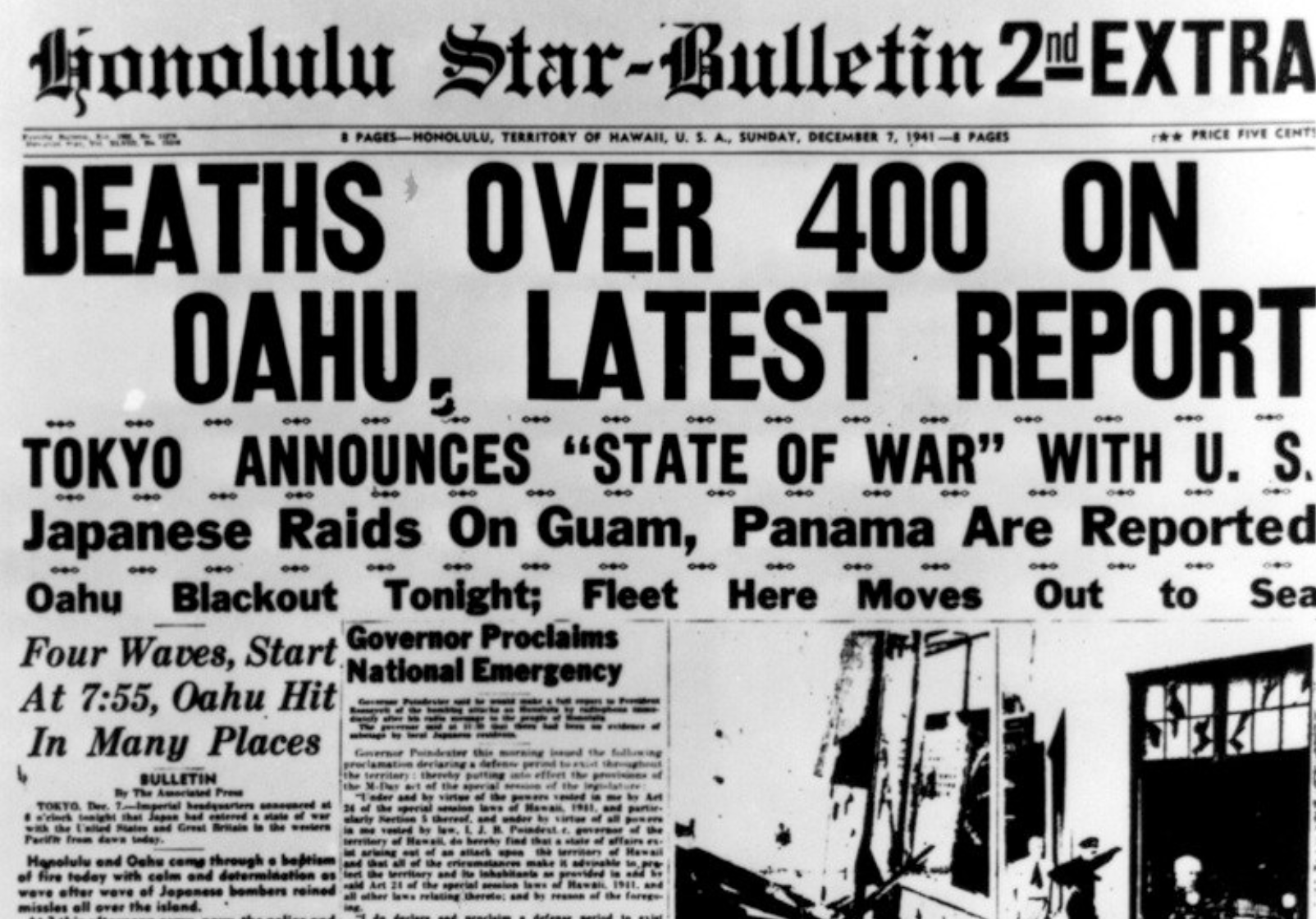(Disclaimer: The opinions expressed in this column of those of the author and do not necessarily reflect those of The Augusta Press.)
This is the second in a series of articles telling my stories about witnessing the attack on Pearl Harbor on Dec. 7, 1941, and the events following. My memories are quite vivid.
In late February 80 years ago, my mother, grandmother, sister and I climbed aboard an ocean liner, the SS Lurline. We were leaving Hawaii for San Francisco. The SS Lurline was designed to carry 715 passengers. As you will see, that was a problem. Two thousand women and children climbed up the gangplanks that day.

Ahead of us was a trip across the North Pacific from Pearl Harbor to San Francisco. There were enough life preservers for everyone, but not enough lifeboats on the ship for 2,000 passengers. Hence, my grandmother, who was in her sixties, was not assigned a seat on a lifeboat. She was issued a life preserver. If we had been sunk by a Japanese submarine, she would have gone down with the ship. In the cold water of the North Pacific, she would have perished quickly.
As I recall the rules, no one over the age of 40 was assigned a seat on a lifeboat. The policy was clear – older people did not count as much as children and young adults. At age 7, I learned about the rationing of life.
The lesson was not clear to me at the time. However, when I reached adulthood, I realized that there are some situations where there are no good answers, yet decisions must be made. For instance, a combat medic who is dealing with many wounded soldiers sometimes must make an agonizing choice. He or she must leave someone who is unlikely to survive to treat others who, if given rapid treatment, have a better chance of living.
[adrotate banner=”20″]
The voyage on board the Lurline was an arduous one as we “zig-zagged” our way through the rough seas of the North Pacific. These evasive maneuvers were designed to reduce the chances of a successful submarine attack. I was seasick throughout the 12-day voyage and spent the entire time in our stateroom. The stateroom was designed to accommodate four people in bunk beds. Since fourteen were assigned to this small stateroom, the smaller children slept in shifts. The adults and older children slept on the floor.
When we finally sailed into San Francisco Harbor, most of the passengers assembled on deck. As we passed under the Golden Gate bridge, the ship’s loudspeaker system played patriotic music. I remember looking up and noticing that most of the adults (almost all were women) were crying. At age 7, I did not understand that there could be tears of joy – I thought people cried only when they were sad or in pain.
We had friends in San Francisco who greeted us. They arranged for an apartment for us to stay in until my mother could decide where we might settle down until my father was reassigned back to the mainland. We had always accompanied my dad in his previous assignments. Now we needed a low-cost place to live until we could be together again. We had no idea how long it would be before Major Perry Smith could return to the mainland.
[adrotate banner=”15″]
Because San Francisco was an expensive city, we could not afford to stay there for an extended period. My father’s aunt, Helen Storer, was contacted by telephone from her home in Saint Cloud, Minnesota. We were invited to stay with Richard and Helen Storer until my father was reassigned to the mainline.
In late March 1942, my mother, grandmother, sister and I traveled by train from San Francisco to Chicago. We changed trains and continued to Minneapolis. In Minneapolis, Richard Storer met us at the train station. The weather was still cold and snowy. A few days later, my sister and I entered elementary school in Saint Cloud, Minn.
We instantaneously became mini celebrities, having witnessed the Pearl Harbor attack. In my next articl, I will tell the story of my first public speech—80 years ago—to my second-grade class.
Retired Maj. Gen. Perry Smith has published seven books. His most recent is “Listen Up: Stories of Pearl Harbor, Vietnam, the Pentagon, CNN and Beyond.”








